6 Secrets of 'The Godfather' Production from Coppola and the Cast
Francis Ford Coppola and the stars of The Godfather: Parts I &II came together to celebrate the film's 45th anniversary.
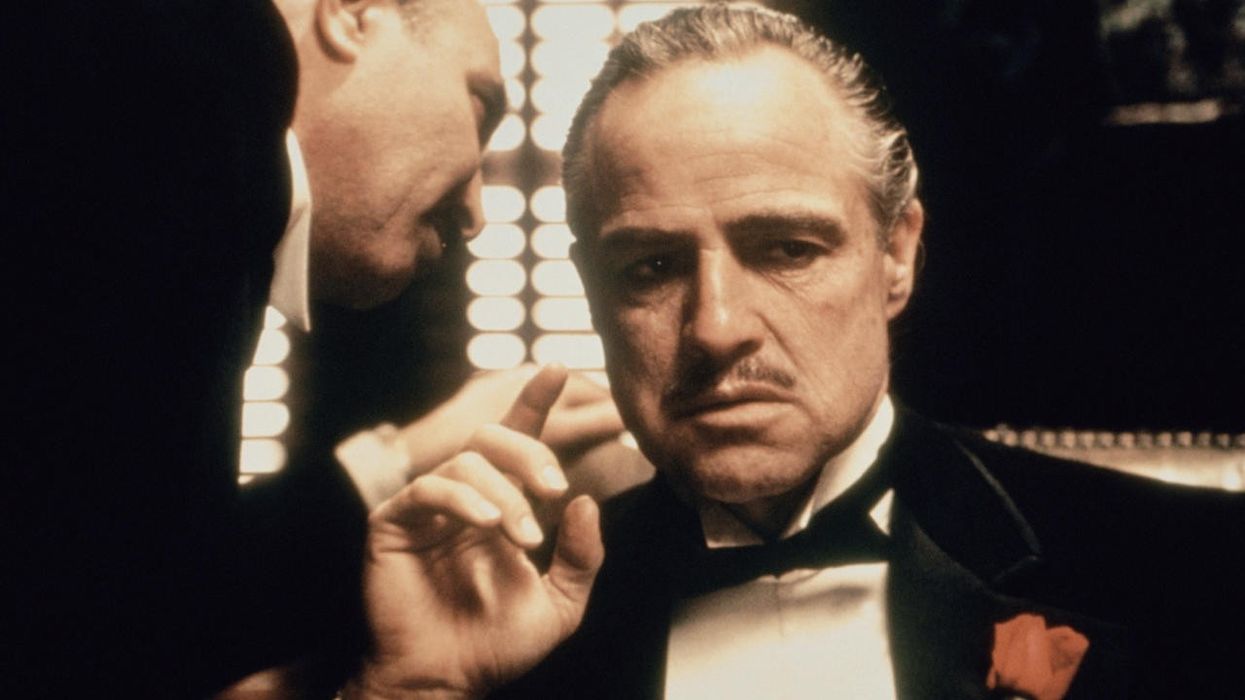
The Tribeca Film Festival closed its program this year with a tribute to one of the greatest films of all time. The Godfather: Parts I & II were screened to a full house at Radio City Music Hall, followed by a rare cast reunion. Taylor Hackford, filmmaker and former president of the DGA, moderated the conversation with Francis Ford Coppola and cast members Diane Keaton, James Caan, Robert Duvall, Al Pacino, Talia Shire, and Robert De Niro.
The Godfather is a welcome reminder that seminal films do not start out that way, and that every pioneering filmmaker must fight for their vision.
The panel was a welcome reminder that seminal films do not start out that way, and that every pioneering filmmaker must fight for their vision. As he regales in his recently published production bible, Coppola was a broke, newbie director that Paramount felt they could keep tightly under their thumb. But Coppola was a creative force beyond their control. He fought hard—and sometimes dirty—for the choices he believed were right, choices that are now universally lauded, all the while teetering on the brink of termination at every turn.
Coppola and the cast talked about these experiences in this once-in-a-lifetime event. Below are some of No Film School's favorite takeaways.
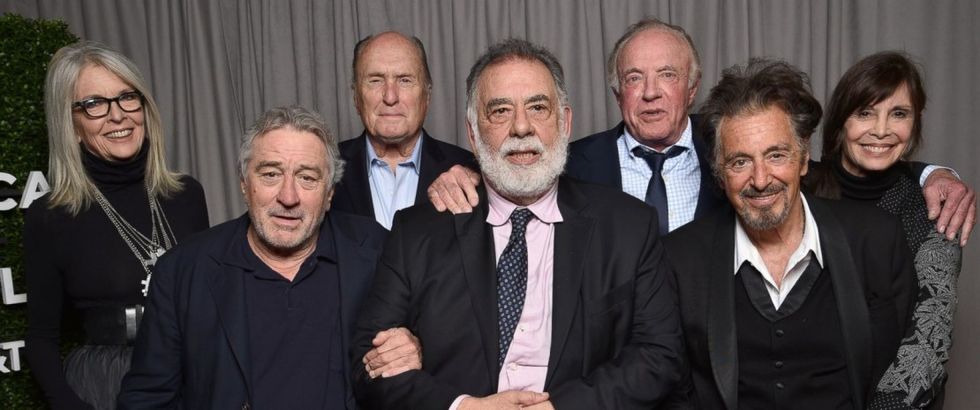
1. Marlon Brando turned down Coppola
Coppola told a story of one day in 1969 where three elements came together that would cement his ties with The Godfather. "It was in San Fransisco and it was a Sunday," he began. "I looked at the book section [of the New York Times] and noticed an ad that seemed intriguing. It had this puppeteer string, and it was called The Godfather by Mario Puzo, who I had never heard of. I was attracted to it because it was a foreign author and an intellectual book about power."
Coppola was looking at that ad in the paper when a knock came at his door. "It was Al Ruddy and Gray Frederickson," he remembered. "They were in town doing Little Fauss and Big Halsy, and they were just dropping by." As if that wasn't strange enough, "the phone rang while they were there, and of all people, it was Marlon Brando calling me to turn down the script for The Conversation."
"At one point I called my secretary and she said, 'It's very important that you don't quit—let them fire you.'" —Francis Ford Coppola
Coppola paused to clarify: "I had never spoken to or met Marlon Brando." He had merely submitted the script to him as a fan, and Brando was nice enough to turn it down over the phone.
Hackford asked if the book lived up to Coppola's initial expectations. Unfortunately, it didn't. "I was disappointed in the book when I first read it because it's very long," Coppola replied. "Much of the book—about a third—is about Lucy Mancini's anatomy."
2. Talia Shire felt like she was getting in the way
When asked how she got involved with the project, Shire looked a little sheepish. "Tell the truth," Coppola encouraged.
"I asked for an audition," Shire said. "It was tough for me and it was tougher for my brother. For a few weeks, [Coppola's] job as the director was up for grabs and the last thing he needed was a sister who couldn't figure out what a mark was." She recalled a time on set where she was doing a scene with Brando and she walked straight into the camera, knocking it down. "I have to tell you: it wasn't easy," she said.
Though he was hesitant to cast his sister in the beginning, Coppola had a different view of the situation. "At first, I didn't see Talia as Connie because I felt that Connie was a kind of homely Italian daughter that only got to marry a good looking guy because she was wealthy and powerful," he said. "I thought Talia was so beautiful that anyone would want to marry her."
For context, Coppola explained how up in the air the project was at that stage. "At one point I called my secretary and she said, 'It's very important that you don't quit—let them fire you.' And I knew what that meant. I didn't have any money, and I had two kids, and one on the way. I knew that if they fired me then they'd have to pay me, but if I quit then they wouldn't."
He called the studio, thinking he'd be fired on the spot—apparently a frequent occurrence during production. Instead, they told him Talia would play Connie. With brotherly love, he added, "I felt as long as I'm gonna get fired, my sister should at least get the chance."
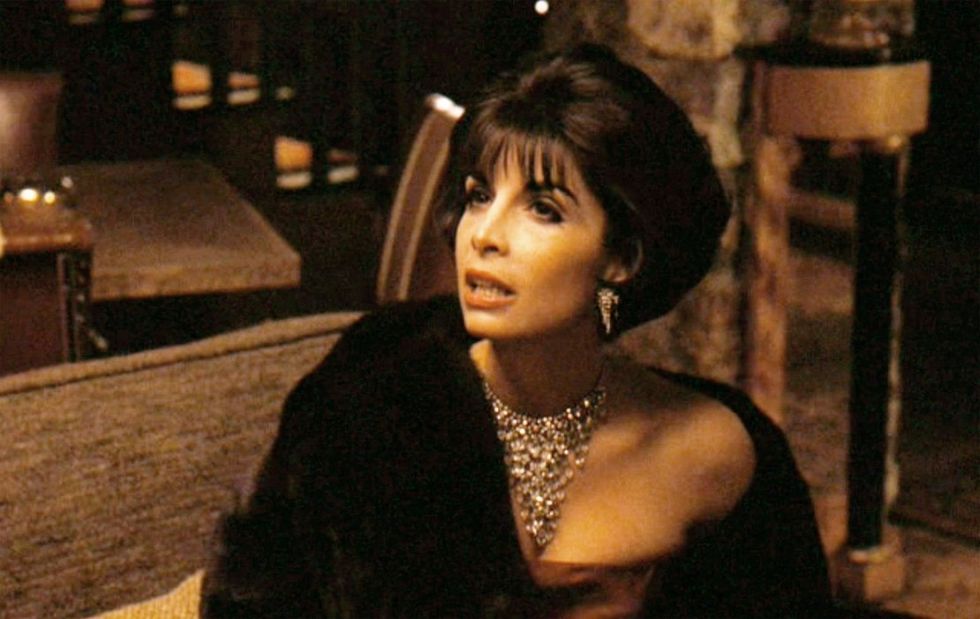
3. Everyone, including the studio, shunned Al Pacino
There was a lot of tension between the studio and Coppola regarding the cast, especially over two of the film's most celebrated actors. Bob Evans, Paramount studio executive and producer on the film, did not want Pacino in the film. Allegedly, he felt that Pacino was "too short" for the role. (Upon hearing this, Pacino laughed on stage and said, "That's sorta true.") But Coppola knew Pacino well prior to receiving the script and had him in mind for Fredo from the get-go.
"Once you see someone in the role, it's very hard to get that out of your head," said Coppola. Paramount did not agree; Pacino had to audition for the role so many times he lost count. "I remember I called [Pacino] after he had tested six times," said Coppola, "and his girlfriend got on the phone. I said, 'If Al could just come in one more time...' and she just yelled at me and berated me. She said, 'You're torturing him!'"
"The studio didn't want me even after they hired me." —Al Pacino
"The studio didn't want me even after they hired me," said Pacino, who was predominantly a stage actor in those years and wanted to be as prepared for the role as possible. "I was living on 90th and Broadway at the time. I walked to the village and back; I did it every day, thinking about this role. Just thinking where I could go with it." Ultimately, that prep paid off. But there was more trouble in the water.
Pacino recounted how the others would laugh at him on set. Aside from Coppola, Al Ruddy was the only person who would speak to him for most of the production of The Godfather.
After a few disappointing scenes, Coppola called Pacino over for a talk. "You've gotta get your chops together," Coppola said to Pacino at the time.
Coppola had prepared the rushes of Pacino's scenes over at Paramount so that he could see his performance. Pacino watched and said to Coppola, "I see what you mean." In reality, he did not see it at all, but he didn't know what else to say.
Pacino expressed to Coppola that his performance was orchestrated to come together with Michael's transition to Don Corleone. With that in mind, "[Coppola] did the most wonderful thing: he rearranged the schedule," Pacino said. The director moved Michael's final scene with Sollozzo to the next day. "The studio was done with me; I was gone." said Pacino, "But then, Coppola showed them the Sollozzo scene, and they kept me."
"Without Francis [Ford Coppola], where would I be, really?" mused Pacino.
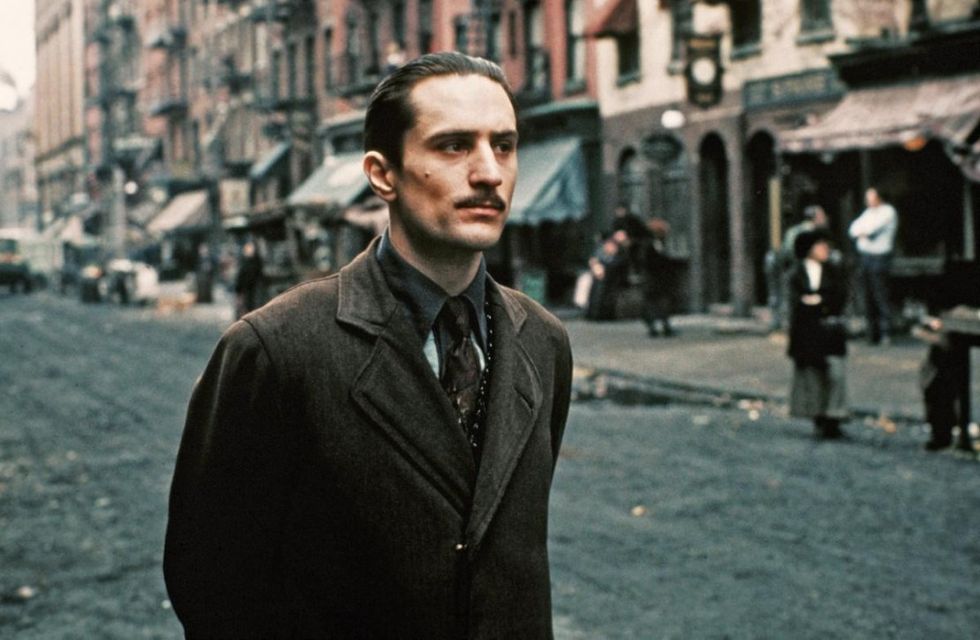
3. Paramount wanted a $1M promise that Brando wouldn't make trouble
"I was told by the executives of Paramount that having Brando in the film would be less commercially [viable] than if a total unknown had done it," Coppola said of the struggle he faced convincing the studio to take his first pick for Vito Corleone. "Finally, I was told by the president, 'I'm telling you, Marlon Brando will not appear in this picture, and I prohibit you from bringing up his name again.' And I fell on the floor."
Coppola would not have it. As in many other instances, he fought back. Finally, Paramount made him an offer they thought he'd have to refuse. "They said to me, 'Alright, if Marlon will do a screen test for nothing, and if he'll put up a $1M bond that he won't cause trouble during the production, then you can have him. And I said, 'I accept.'"
Of course, Coppola didn't tell Brando they were doing a screen test. He called it an improv session. "I brought Provolone cheese all these props I could put around," Coppola said. He set up the camera and waited. "[Brando] came out of his bedroom—this beautiful man. He had long, blonde hair, a Japanese robe on. There were not a lot of words spoken. He saw me there, he saw there was a camera, and he took his hair, put it up, and put shoe polish on it."
"The Godfather could be made today, but it wouldn't get a go-ahead from a studio." —Francis Ford Coppola
Brando was transforming himself into Don before Coppola's eyes. "He took some paper and stuffed it in his jaws, and said, 'He should be like a bulldog.'"
Getting that transformation on tape was what did it for the studio. After Brando's "screen test," Paramount was convinced.
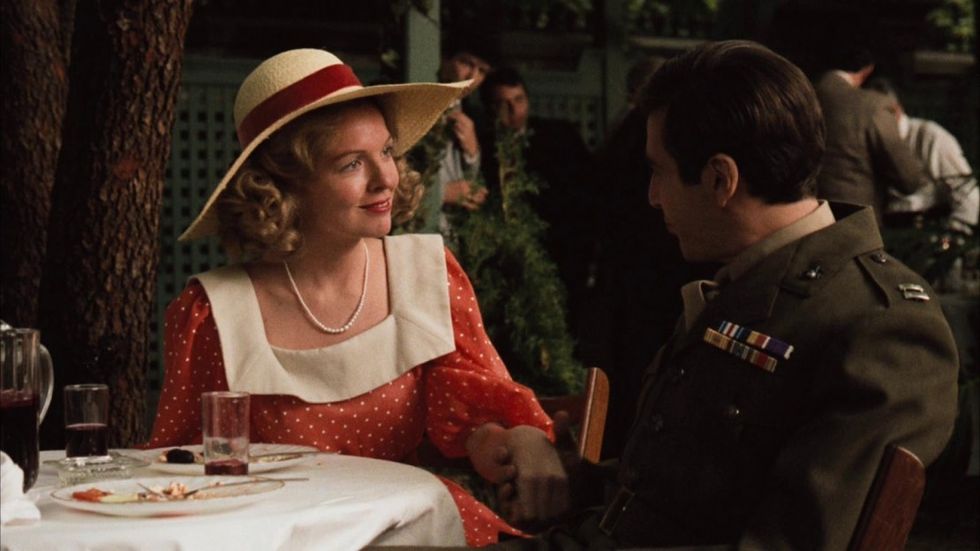
4. It all came together over pasta, of course
"The key for me that made the family was a rehearsal," said Coppola, "where we had just met Brando for the first time, and we had a dinner at the back of Patsy's Restaurant."
Coppola had brought everyone together to run lines over a traditional Italian meal. "Talia served the food and everyone was excited 'cause Brando was there. Jimmy [Caan] was telling lots of jokes, trying to impress him, and Al was just looking serious, trying to impress him, and every time Brando looked away, Bobby [Duvall] would do an impression of him."
"After that dinner," Coppola concluded, "it made me realize that improv with food is very lasting, and [the actors] sort of had who they were gonna be after that."
"It was easy," Duvall commented, "because [Brando] was like the godfather to young actors, really."
5. Seeing the films again was an emotional experience
Most of the people on stage hadn't seen each other—or the films—for a long while, so being there was impactful in many ways.
"I haven't seen these movies for years," Coppola said. "I found it a very emotional experience. I forgot a lot about the making of it, and I was more in the story."
"I watched it on my computer recently," Keaton said. "I hadn't seen it in about 30 years. I couldn't get over it. It was so astonishing. Francis, it was so beautiful. And everybody is so great in it. Every choice you made was so authentically brilliant. I just kept crying. And that damn Talia!"
6. Studios don't take risks anymore
Would a studio today take on The Godfather? An audience member posed the question to Coppola; he balked at the idea, implying the system is too broken for that kind of production at a studio level.
"This film could be made today, but it wouldn't get a go-ahead from a studio," Coppola answered. "The first film was made for about $6.5 million; the second was made for $11 or $12 million. It would never get a green light today." In his view, nothing seems to get the green light anymore but Marvel trilogies.
What's missing, according to Coppola, is a sense of risk.
"Once Kirk Kerkorian, who owned MGM, said to me, 'How do you make a film that is successful financially and also artistically?'" Coppola remembered. "I said to him, 'risk.'"
You can watch the full panel here:
For more, see our complete coverage of the 2017 Tribeca Film Festival.











